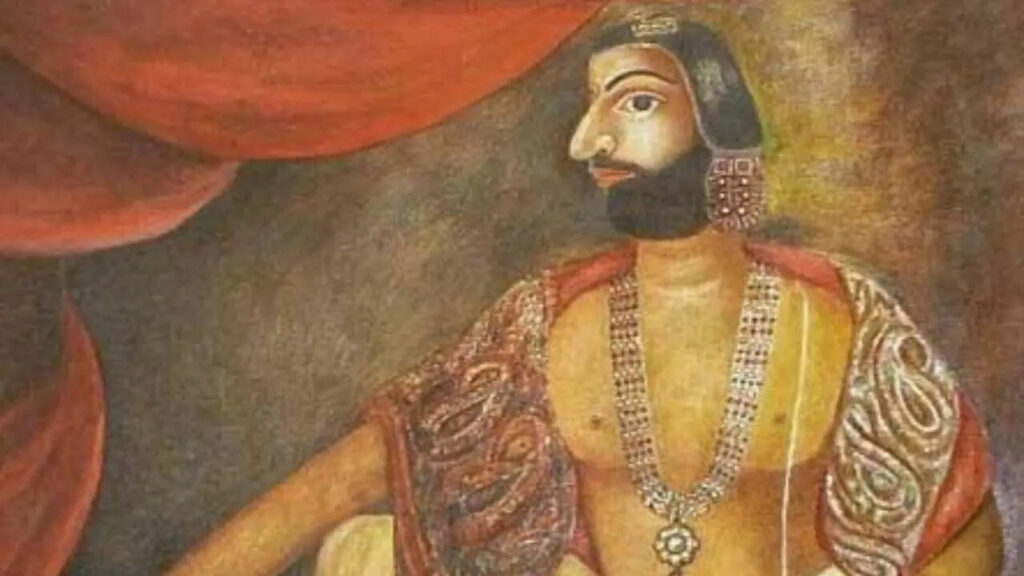Marthanda Varma (Photo: Wikimedia Commons)
When he claimed the throne, he began by suppressing the Ettuveetil Pillamar, or the Nair nobles from eight ruling houses of Travancore. He was on a mission to dismantle the feudal system and adopted the “blood and iron” policy, with the aim of establishing a centralised monarchy. According to Menon, “After claiming the throne, Marthanda Varma acted decisively against pretenders, notably Padmanabhan Tampi and Raman Tampi, executing them as a warning to the Pillamar and consolidating his power.”
He started eliminating rivals and declared war against Quilon and Kayamkulam. While Quilon was an ancient port town, Kayamkulam was declared a Parochial District in 1580, becoming a prominent religious centre. His campaigns against Quilon and Kayamkulam were carried out with the intention of eliminating rival powers.
As reported by The Indian Express, “Historian M.O. Koshy in his book Dutch Power in Kerala (1989) writes that King Marthanada Varma’s speed and focus on expansion threatened rulers in the neighbouring Kayamkulam, Kollam, Attingal and other regions. As a result, they tried to turn to the Dutch East India Company, which was looking to secure its trade interests in the region. Upon annexing several of these states, Marthanada Varma had refused to honour the monopoly contracts of the Dutch with the local kings. Consequently, the Dutch decided to prepare their forces at Colachel near Quilon for immediate action.”
The rulers of Cochin and Kayamkulam also wanted Marthanada Varma out of their way and began siding with the Dutch.
When the Travancore army finally defeated the Dutch forces on 31 August and took over the Colachel fort, it marked a significant chapter in history. It was the first time an Asian country had ever defeated a European power. A blow was dealt to Dutch commerce when Marthanda Varma declared state monopoly on pepper.
One of the most important aspects of Maharaja Marthanda Varma’s reign was dedicating his kingdom to Sri Padmanabha, and assuming the title of Padmanabha Dasa (servant of the Lord) in December 1749. According to the website of Indian Culture, “Since that day, Travancore did not belong to any one person or the royal family but belonged to the Lord. Marthanda Varma’s last words to his nephew Rama Varma were, ‘No deviation whatever should be made in regard to the dedication of the Kingdom to Sri Padmanabhaswamy and all further territorial acquisitions should be made over to the Devasom.’”
According to historians, the Sree Padmanabhaswamy Temple dates back to the 8th century, but the present structure was built in the 18th century by Marthanda Varma.


